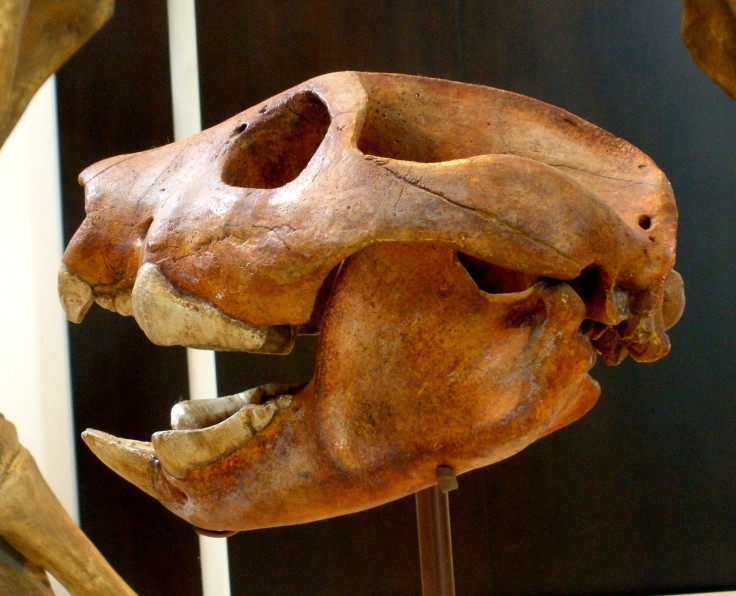Tiny Australian marsupial lion, named after Sir David Attenborough, roamed Riversleigh rainforests 18 million years ago

Fossil remains of a new, small species of extinct marsupial lions that once roamed Northern Australia have been unearthed in north-western Queensland. The newly-discovered kitten-sized lion species has named after British naturalist Sir David Attenborough.
Researchers at the University of NSW revealed that the species lived in the Riversleigh area about 18 million years ago and were the size of a big kitten. On Wednesday, the researchers announced that they would be naming the marsupial lions Microleo attenboroughi to honour Attenborough for his immense support for the Riversleigh world heritage area. The first fossil of the little lion was found in this area, writes News.com.au.
The fossil was unearthed at a limestone deposit called Neville’s Garden Site that may have formed in a pool within the rainforest around 19 million years ago. The researchers unearthed parts of the species’ teeth and skull.
This new species was significantly smaller than the extinct marsupial lion family’s other members. The biggest of the family (Thylacoleo carnifex) grew up to 160kg. The research has been published in the journal Palaeontologia Electronica.
“Despite its relatively small size compared with the Pleistocene Thylacoleo carnifex – the last surviving megafaunal marsupial lion – the new species was one of the larger flesh-eaters existing in its ancient community of rainforest creatures at Riversleigh,” co-author of the paper, Mike Archer from UNSW told Australian Geographic.
Palaeontologist at the University of New South Wales and lead author of the paper, Dr Anna Gillespie, explained that Microleo attenboroughi was “more like the cute, but still feisty kitten of the family.” It weighed around 600g and ate insects and small invertebrates like birds and lizards.
“Tantalising questions about the rest of its skull and skeleton which could further clarify aspects of its lifestyle ... must await discovery of more complete specimens,” Archer added.





















